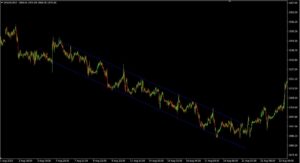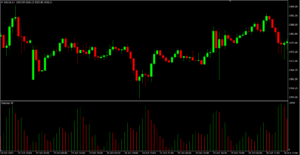What is ISM Manufacturing PMI?
The ISM Manufacturing PMI (Purchasing Managers’ Index) is a monthly survey conducted by the Institute for Supply Management (ISM), which is the oldest and largest professional association for supply management professionals in the United States and the world.
Work process
Have you ever wondered how the Flash Services PMI is created? Where does the data come from? Here’s an example of the steps involved before it becomes the index number we get to see every month around the world.
Survey Distribution: ISM distributes the survey to 800 purchasing managers across various industries throughout the United States. These participants represent a wide range of companies, including large corporations, medium-sized enterprises, and small businesses across different sectors of the manufacturing industry.
Survey Content: The survey consists of multiple questions related to key aspects of manufacturing activity, such as new orders, production levels, employment, supplier deliveries, inventories, prices, and overall business conditions.
Responses: Purchasing managers complete the survey by assessing current conditions and future expectations. They rate each aspect on a scale ranging from 0 to 100, where a value above 50 indicates expansion and a value below 50 indicates contraction.
Publication: The collected PMI data is released to the public on scheduled dates each month, providing insights into the current state of the manufacturing sector. It is closely monitored by economists, investors, policymakers, and businesses as an indicator of economic trends and potential future developments.
Impact on Gold & USD Dollar
If the index number comes out higher than expected, it will have a positive impact on the USD dollar. However, if the index number comes out lower than expected, it will negatively affect the USD dollar, and gold prices will rise.
Overall, the PMI survey for the manufacturing sector from the ISM provides a timely and comprehensive overview of the health of the manufacturing industry, helping stakeholders make informed decisions and assess the economic conditions.






